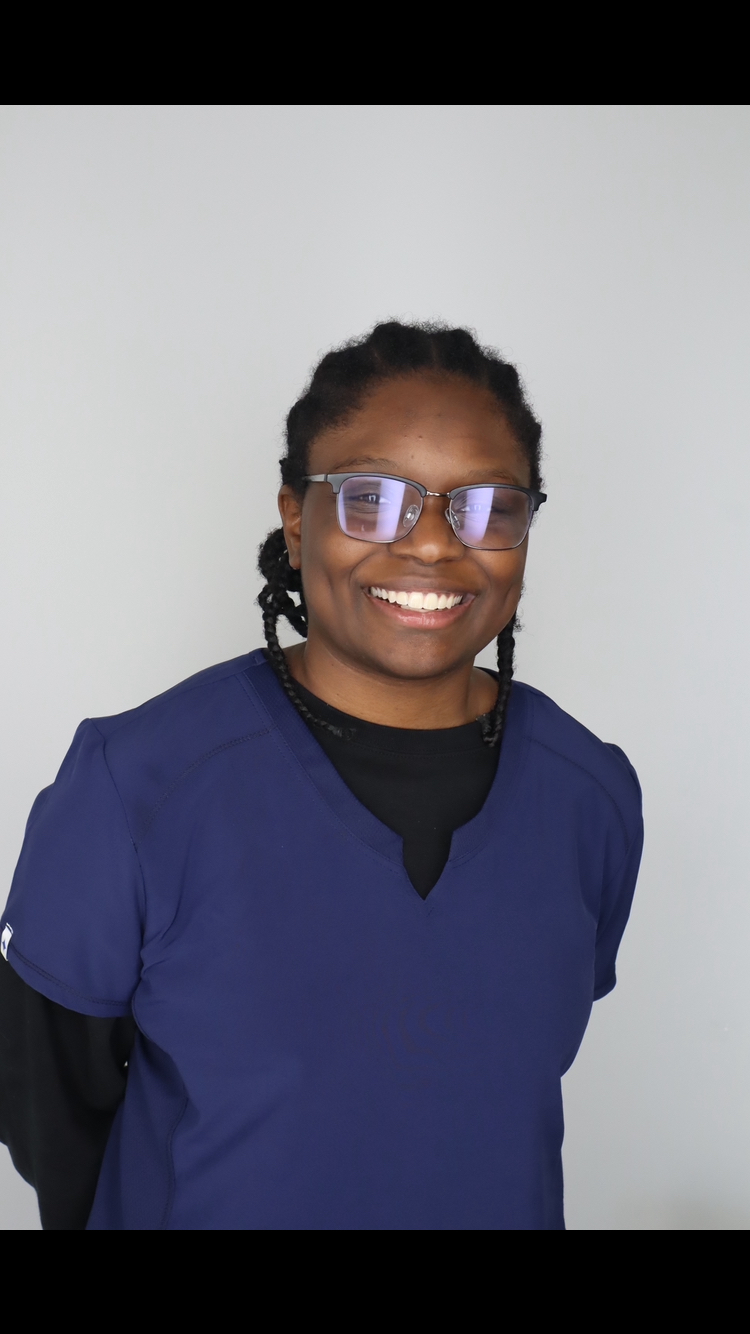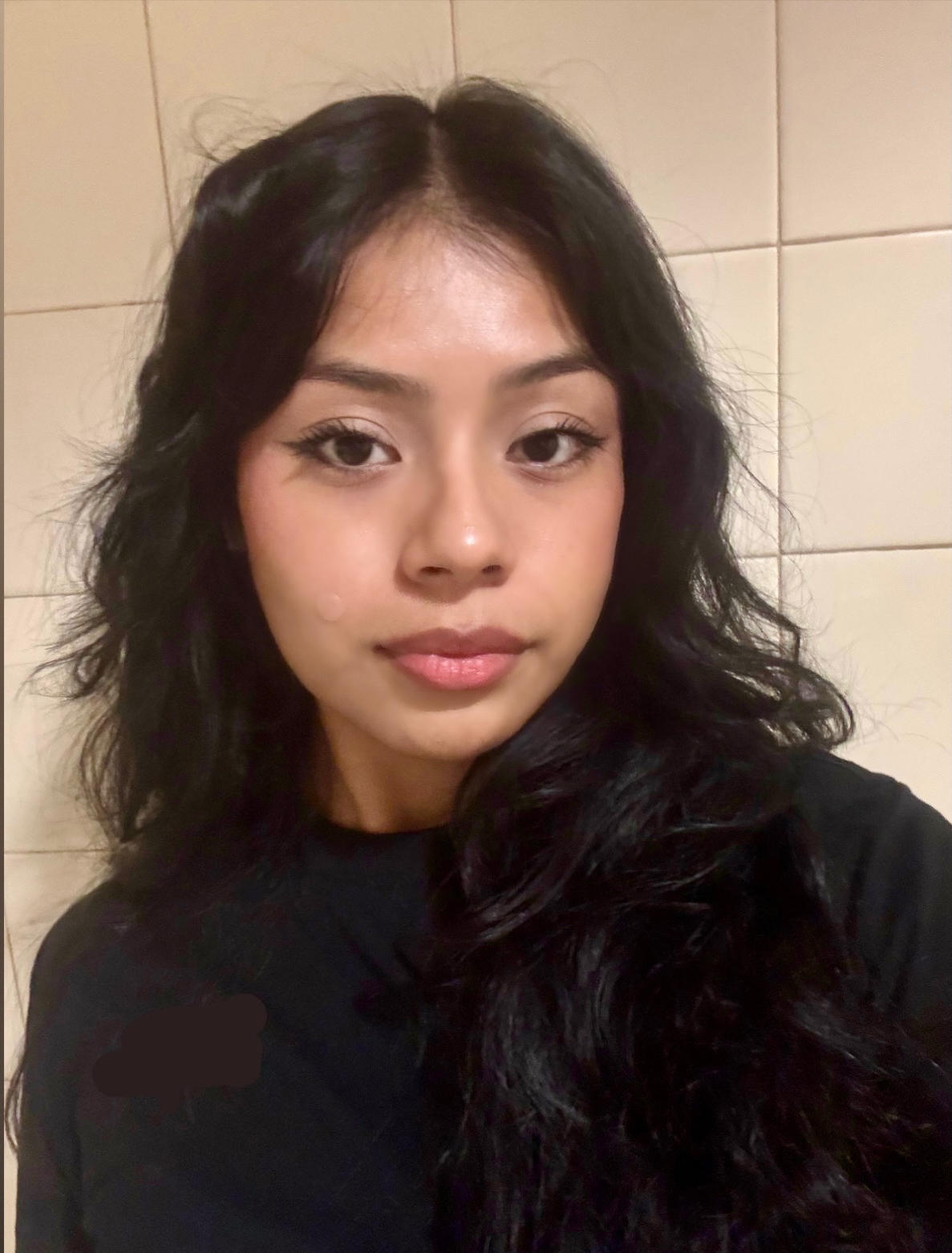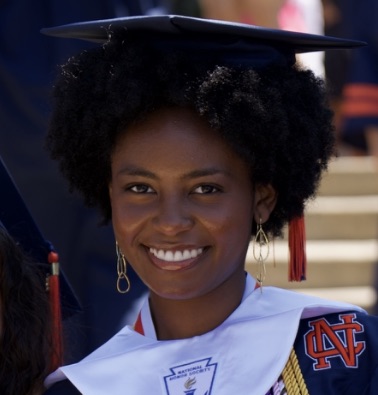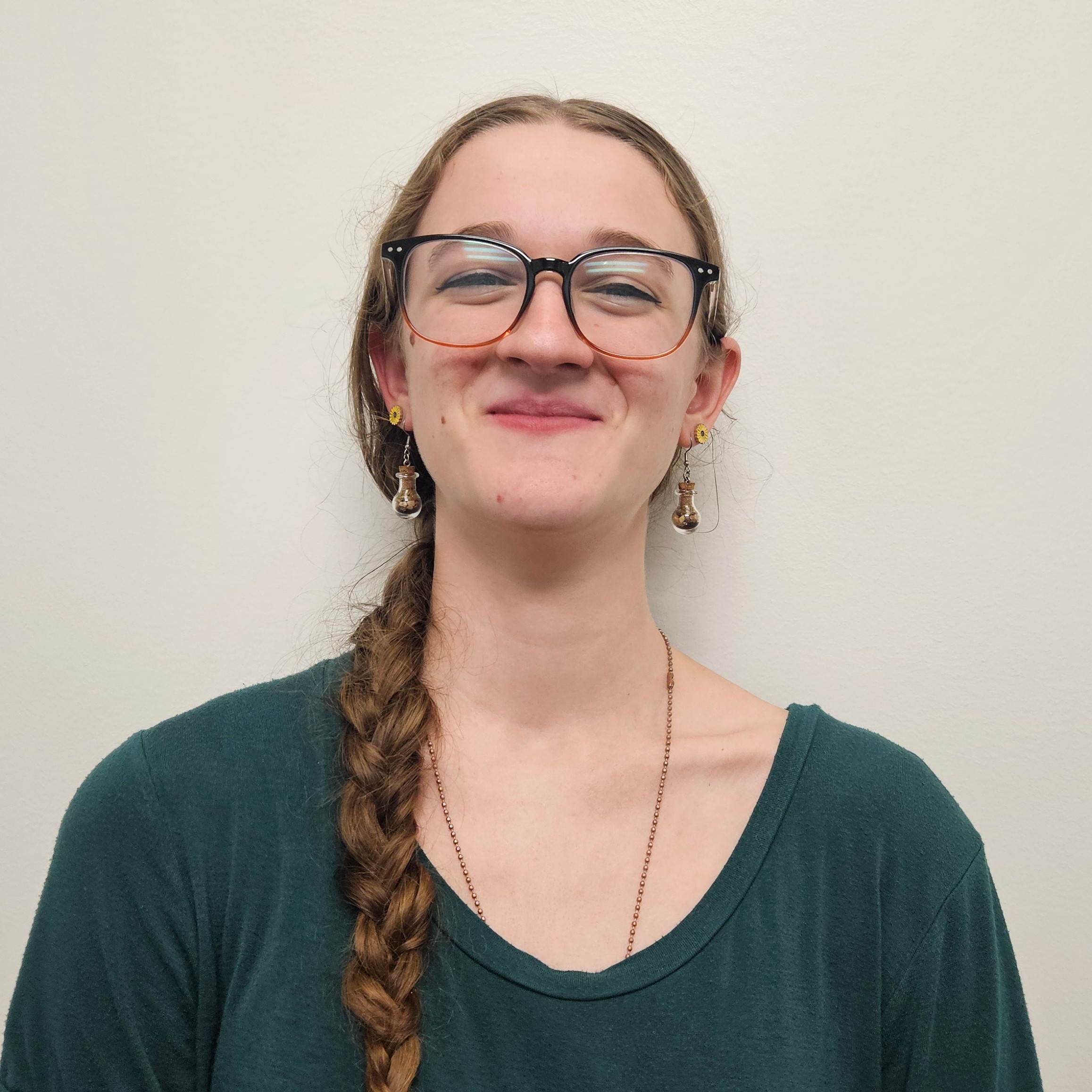Decoding Repair. Restoring Function.
We study nature's super-healers to teach the human body how to regenerate and recover instead of scar and atrophy
About The Varholick Lab
The body normally heals through scarring (i.e., fibrosis), leading to poor recovery and diminished abilities. Regenerative animals can often restore their tissue using stem or stem-like cells, but how they recover functionality is understudied.
How does a salamander walk again after regenerating its limb? How does a spiny mouse feel sensation after regenerating its skin? We study the neuro-immune-behavioral intersection to understand how to decode mechanisms of repair and optimize recovery after injury. This is done by studying the molecules and cells underlying repair all the way to the brain and behaviors underlying functional restoration.
Meet Our Team →
Here a whisker follicle from a Spiny mouse is regenerating under a newly formed skin 10 days after wounding
Our Research Areas
👋 How can we optimize the recovery of the skin?
Although we can heal our skin through scarring, the scar tissue lacks critical functions like sweat glands, UV protection, hair, sensation, etc. Sensation in particular can be problematic with pain and numbness. Highly regenerative animals can heal their skin, fully restoring the structures, but our understanding of restoring functions, especially sensation, is understudied.
Learn More about how we can optimize skin regeneration →🧠 Understanding the behaviors and neuroplasticity of highly regenerative animals
Highly regenerative animals don't just regrow the damaged tissue, they also use it as if it was never damaged. Behavior and neuroplasticity are central to this process of recovery, but little is known. We believe that the brains and behaviors of these animals hold a secret to full recovery that has yet to be discovered, and will fundamentally change our application of regenerative medicine in the clinic.
Learn More about regeneration and neuroplasticity →🕔 When are the sensitive periods for tissue regeneration?
It's well established that critical or sensitive periods exist within development, allowing development to continue towards the mean or stall towards an outlier phenotype. We are studying whether this also occurs during regeneration, determining when the system is most plastic during regeneration and how this can be leveraged to optimize healing and recovery.
Learn More about sensitive periods in regeneration →Recent Publications

Spiny mice (Acomys) regenerate wounded whisker pad skin with whisker follicles, muscles, and targeted innervation.
Varholick, J.A., *Kondapaneni, R., Maden, M. (2025). npj Regenerative Medicine, 10:28
This is the first study to demonstrate that spiny mice can regenerate their whisker follicles and the associated structures after removal. Starting a new model system for studying cutaneous nerve regeneration.
PDF, DOI LinkLatest News & Updates
Fall 2025
Apply to become a First-Year Scholar!
We have two spots for First-Year scholars for a project titled, "Uncovering What Regenerates When Skin Nerves Are Injured in Highly Regenerative Animals". If you are a first-year student at KSU and are interested, please apply here! Applications open Friday August 22nd at 5pm and close on Wednesday September 10th at 11:59pm.
Fall 2025
The Varholick Lab officially opens at Kennesaw State University
Stop by SC 360 and say hello. Hopefully we'll start antibody staining soon, and have animals next semester.
August 2025
Whisker research presented at ISRB 2025
Prof. Malcolm Maden from the University of Florida presented our research on cutaneous nerve and whisker follicle regeneration at ISRB 2025.
Get in Touch
We're always open to collaborations, inquiries, and new talent. Reach out to us!
Email Us
Visit Us
Science Building, Room 360
Kennesaw State University
Dept. of Ecology, Evolution, and Organismal Biology
Kennesaw, Georgia




